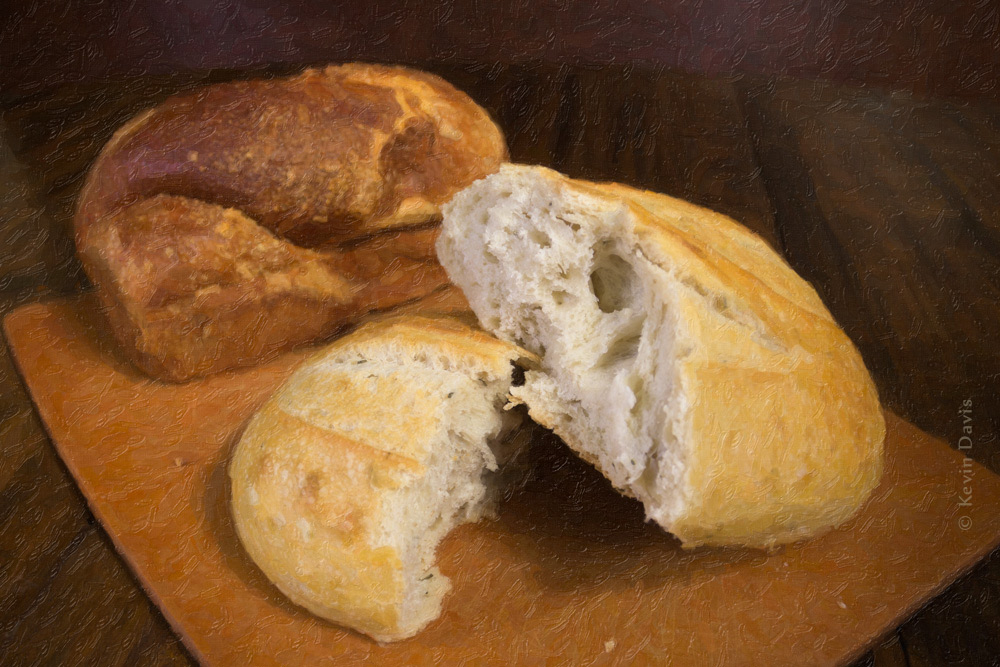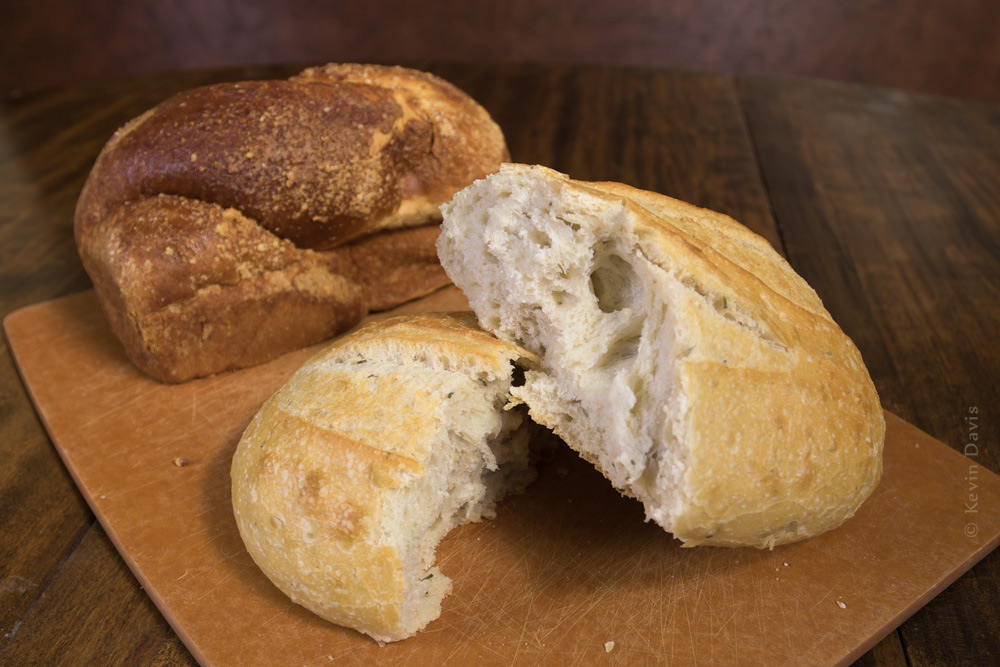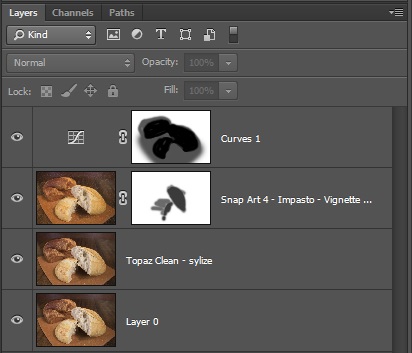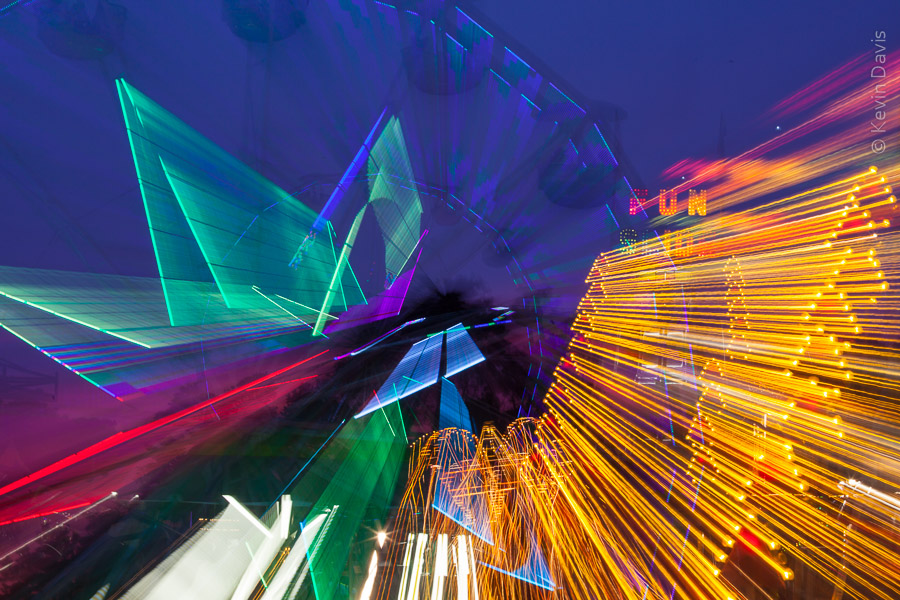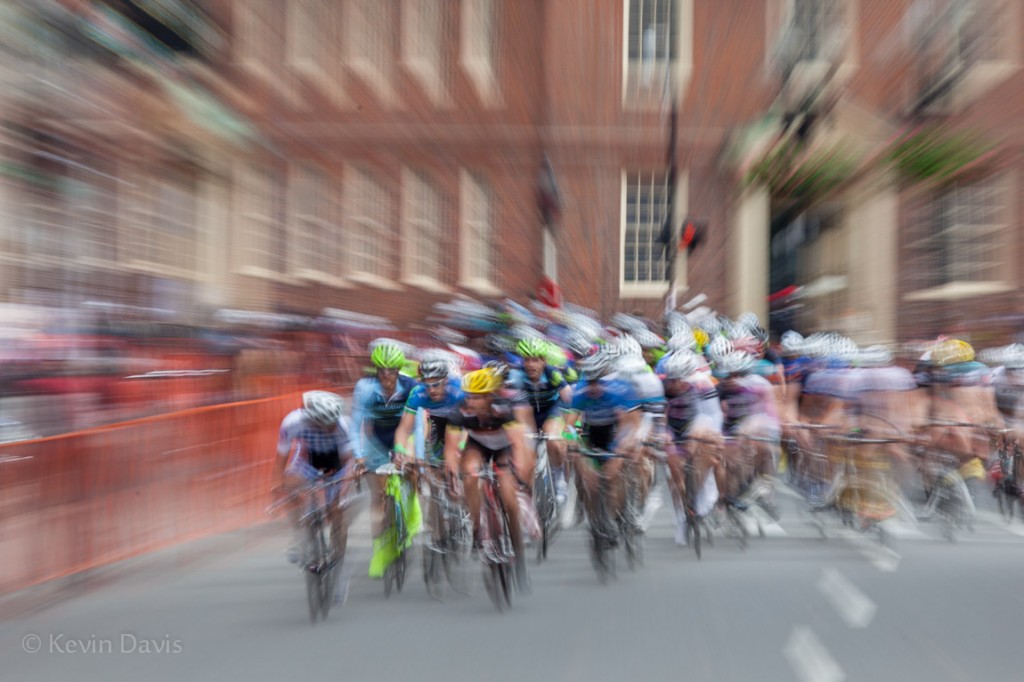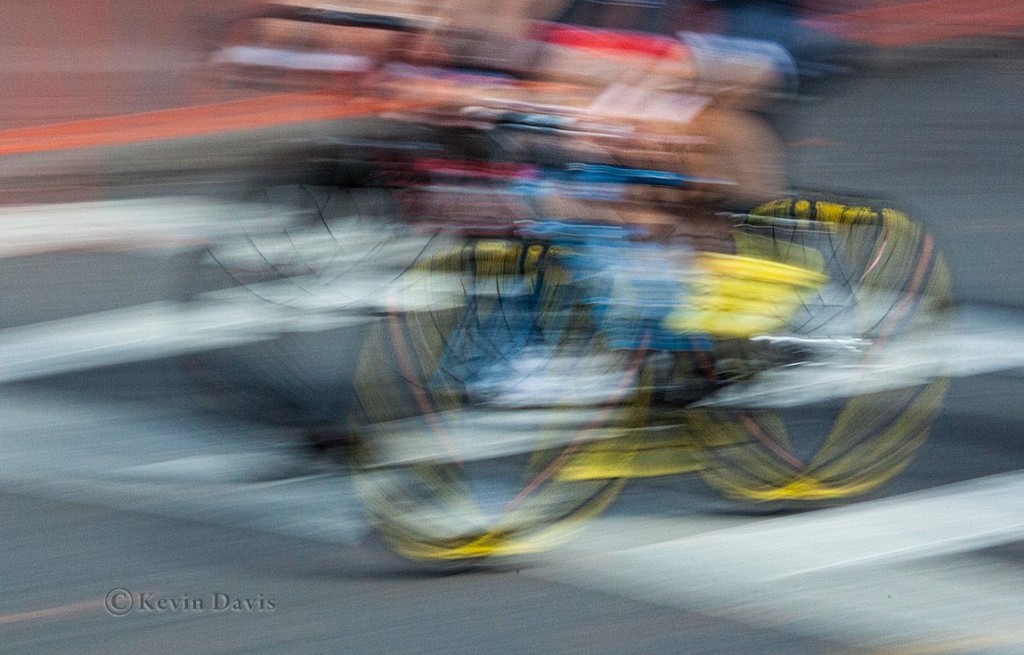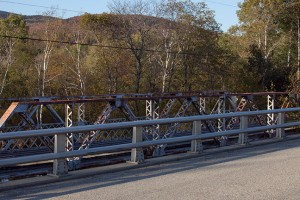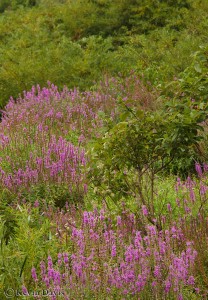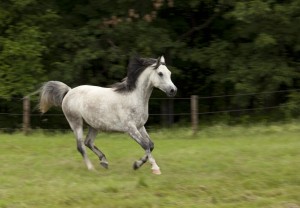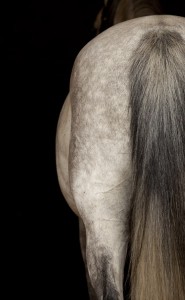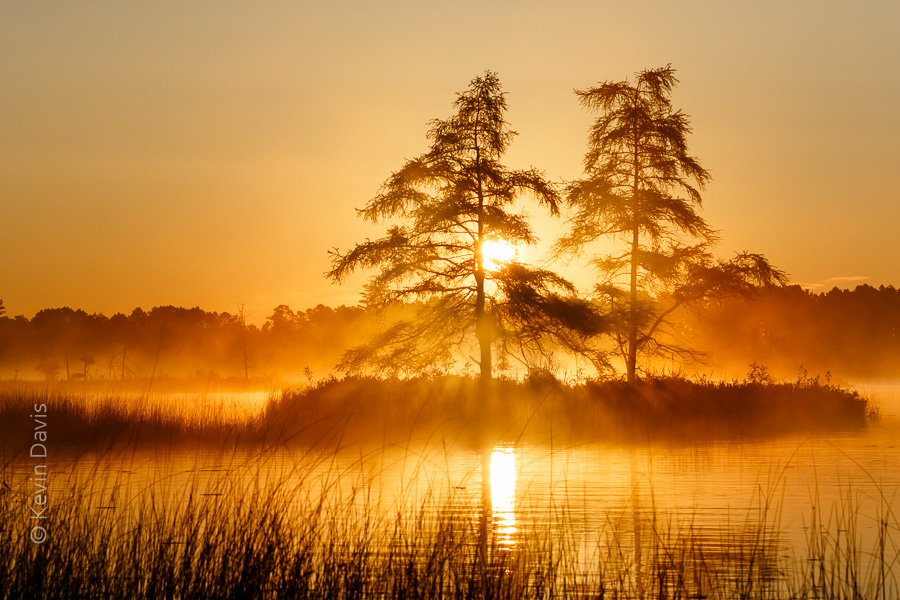
Photography books on my bookshelf include Eliot Porter, Galen Rowell, Art Wolfe, David Muench, and Craig Blacklock. I expect every nature photographer knows the first four names. The name Craig Blacklock (pronounced black-lock) is probably not as well known, but his photography ranks among the very best. Imagine my amazement when I learned that Craig was leading a photography workshop very close to the time and place where I was planning to travel.
I normally prefer to discover a location through my own explorations and, as I have many years experience with my photography, I rarely participate in workshops. But after the name Craig Blacklock caught my attention, I learned that he is an expert regarding the Apostle Islands, the location for this workshop. Furthermore, this workshop would include boat transportation as well as canoes. My feet and my car would not be sufficient to explore the Apostle Islands.
In retrospect, I can report that it was an excellent workshop … educational, enjoyable, and in the company of a great group of talented photography enthusiasts. As participants ranged from inexperienced to very experienced photographers, Craig individually provided as much or as little instruction as was desired. This is one of Craig’s strengths, the ability to tune-in to each individual’s needs.
Most days, we were up at 4 a.m. and on location shortly before sunrise. Locations included a bog where we photographed sundew, pitcher plants, dew-covered spider webs, and more. A long-distance boat cruise brought us out to the famous sea caves which are prominently featured in Craig’s published images of the Apostle Islands. However, we did not go inside the caves, as this requires kayak expertise and incurs substantial risk.
While I have a fair amount of experience photographing macro (I have self-published an 80-page book of wildflowers), Craig advanced my technique so I can achieve better results. He brought us deeply into the use of focus stacking, which achieves a depth of sharp focus that is beyond what a camera can capture in a single image and therefore requires multiple captures, subsequently combined together. Sometimes related to this, a diffusion tent allows isolating a subject from the movement of wind. As I own and carry only a medium-size piece of diffusion cloth, I had never before seen or used a full tent.
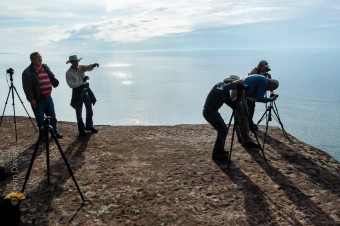
(click on the image for a larger view)
Participants spent many hours post-processing our captured images. Our headquarters for such activities was Madeline Island School of Arts (http://www.madelineartschool.com), the location host for the workshop. While most participants lodged at MISA, I parked my pop-up camper down the road at Big Bay Town Park.
Craig Blacklock is author of more than a dozen books, including Lake Superior Images, Minnesota’s North Shore, and the Apostle Islands from Land and Sea. Craig’s gallery is located in Moose Lake, Minnesota (http://blacklockgallery.com). Additionally his images can be seen in many exhibits, but he currently has an excellent set of large prints on display now at the Northern Great Lakes Visitor Center in Ashland Wisconsin (http://www.northerngreatlakescenter.org). Upon leaving the Lake Superior shore, I stopped by the visitor center myself, to see the exhibit.
